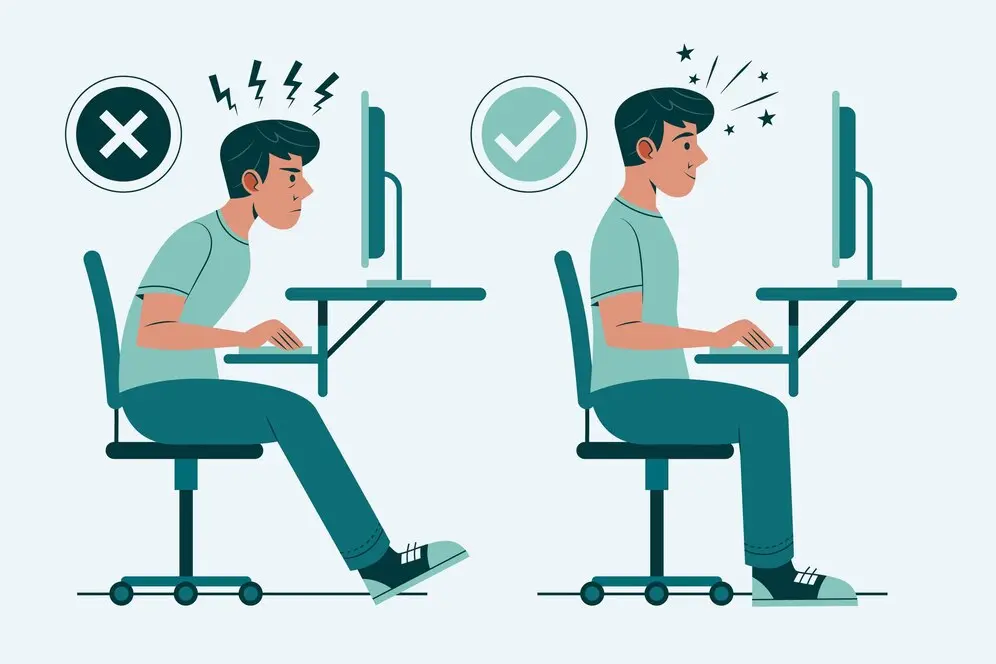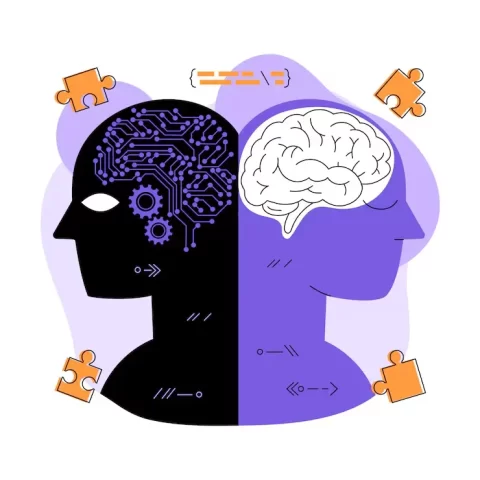What is Ergonomics

The process followed in designing or arranging different environments, products and services in such a way that fit the people who make use of them is called ergonomics.
By bringing together knowledge from various disciplines such as psychology, sociology, visual design, user experience design, industrial design, etc. and integrating them with engineering and design of products, systems, environments and processes, ergonomics reduce human error along with substantially improving their productivity along with their safety and health.
It is also known as Human Factors Engineering (HFE).
What is Ergonomics
The process followed in designing or arranging different environments, products and services in such a way that fit the people who make use of them is called ergonomics.
By bringing together knowledge from various disciplines such as psychology, sociology, visual design, user experience design, industrial design, etc. and integrating them with engineering and design of products, systems, environments and processes, ergonomics reduce human error along with substantially improving their productivity along with their safety and health.
It is also known as Human Factors Engineering (HFE).

Importance of Ergonomics

While in the workplace or while doing a job, people are susceptible to discomfort due to awkward posture, extreme temperature or perhaps some other stressor. Sometimes people also have a habit of repetitive movements. These factors, a lot of the time, may cause musculoskeletal disorders which sometimes even turn into long-term disabilities.
Ergonomics or Human Factors Engineering is relevant in designing furniture or products that can prevent these musculoskeletal disorders and boost the user’s productivity while keeping them healthy and pain free. With the implementation of ergonomic solutions in workplaces and products, employees will not only be more comfortable but also more efficient. Thus, ergonomics is not only beneficial for a person’s health but also beneficial to companies as it increases the rate of efficiency.
How Does Ergonomics Work?
Ergonomists use a multitude of data and techniques belonging to several disciplines
levers, strengths
Advantages of Ergonomics
Increased productivity
Ergonomics carries along with it a plethora of advantages. Some of them being:
Workplaces that are ergonomic are most of the time, if not all, efficient workplaces. Ergonomic improvements in the workplace can reduce the main risk factors that lead to musculoskeletal disorders. They provide workers/employees with greater job satisfaction, enhanced focus and greater mental clarity.
Ergonomics often boosts morale as well, since it makes employees feel cared for.

Improved comfort and health benefits
In a workplace, to be productive, convenience and comfort is crucial. Thus, ergonomic designs provide employees with comfort and the convenience that is necessary. Besides comfort, ergonomics carries with it a plethora of health benefits. Its effect starts within the cardiovascular system and eventually moves to other parts of the body.
Ergonomics makes a working environment healthy and reduces stress hence, it improves cardiovascular health and also reduces any chance of workplace injuries.
Lower Insurance Costs

Ergonomic designs reduce the risk of employees suffering from workplace injuries or illnesses. Products and equipment such as an ergonomic sit and stand up desk, keyboard and mouse, which can be adjusted according to the needs of the employees can help reduce employee burnout or stress and even improve the working environment as a whole. Thus by implementing ergonomics in the workplace, the insurance costs are liable to significantly decrease.
Lower Insurance Costs
Ergonomic designs reduce the risk of employees suffering from workplace injuries or illnesses. Products and equipment such as an ergonomic sit and stand up desk, keyboard and mouse, which can be adjusted according to the needs of the employees can help reduce employee burnout or stress and even improve the working environment as a whole. Thus by implementing ergonomics in the workplace, the insurance costs are liable to significantly decrease.

Safety
Ergonomics, if implemented in a workplace, creates a safe work environment, one that is easy to access, use and work in without much risk of any workplace injuries or illnesses. Ergonomics also has a multitude of health benefits, so by improving workstations or workplaces in an ergonomic way, employees will remain healthy at work and provide them with a safe environment that they can do well in.
Reduction of Absenteeism
The implementation of ergonomics also leads to elimination of hazards that can be found in daily life. Ergonomics identifies and reduces hazards in the workplace by creating a more user-friendly environment. To add, it also reduces distractions, provides adjustable furniture and equipment and also allows users to adjust the lighting or ventilation according to their needs. Ergonomics reduces absenteeism since it reduces the amount of workplace injuries that may lead to employees taking leaves and missing work days. Ergonomics in a working environment also reduces employee fatigue and stress which a lot of the time, contribute to absenteeism.
Improved mental clarity

Other than comfort and physical health, ergonomics also improves the mental clarity of the employees. Since it provides comfort and reduces workplace injuries, it reduces anxiety since blood flow is unrestricted and flowing freely, muscles are relaxed and thus keeps the employees in a good mood. All these factors combined together, provide employees with greater mental clarity and hence improves quality of work.

